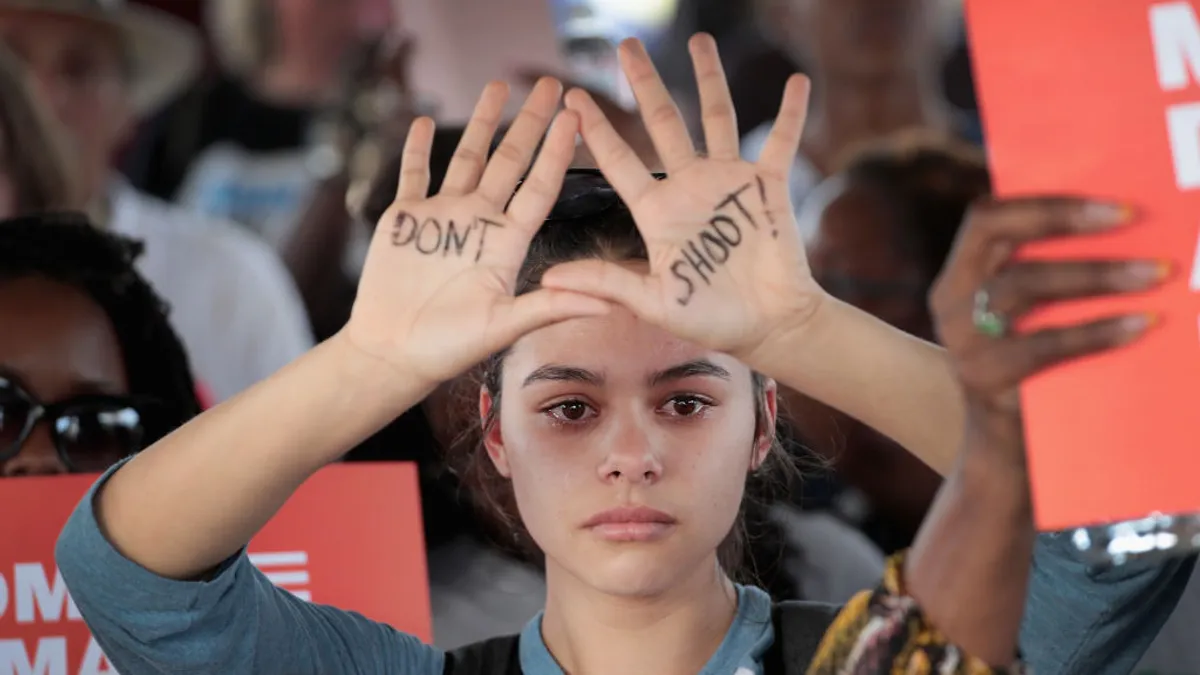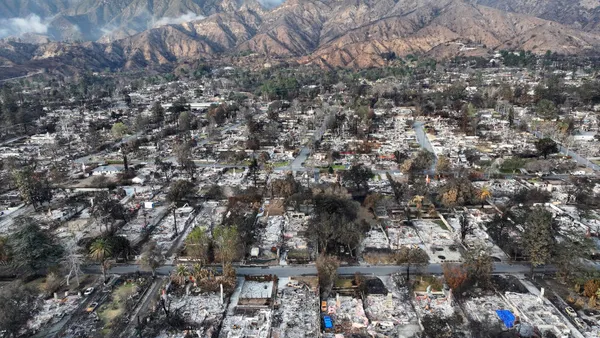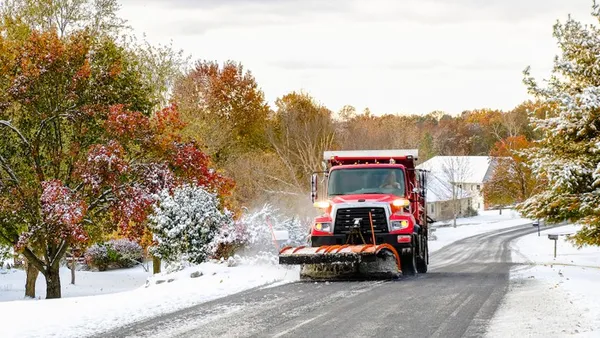As the country responds to Wednesday's shooting at a Tulsa, Oklahoma, medical campus that left multiple people dead, and as people continue to mourn the mass school shooting in Uvalde, Texas, local leaders and gun violence experts are discussing how they can respond to and curb future violence.
The shooting in Uvalde, which left 19 students and two teachers dead, came a week after a racist attack in Buffalo, New York, in which a gunman killed 10 people in a grocery store in a Black neighborhood. Those recent tragedies add to the growing number of mass shootings in the U.S., with 692 such incidents occurring last year.
The Center for American Progress, a liberal-leaning think tank, released a report last week that addresses what cities and counties in Texas can do to curb gun violence, potentially offering lessons for local leaders in the rest of the country as well.
"City leaders have a lot of opportunities to prevent and assess gun violence in a number of different ways," said Alex Barrio, director of advocacy for gun violence prevention policy at CAP.
The first thing local leaders should do, he said, is look at their data — block by block, ZIP code by ZIP code.
"What do the numbers and shootings look like? What do arrests look like? What are your clearance rates for murder, shootings, assaults, [and] domestic violence? ... Once local leaders have that data, [they can] begin to invest in the root causes [and] look at economic development [opportunities]," Barrio said.
To address the challenges of gun violence, the CAP report recommends the following seven community-led initiatives:
- Apply trauma-informed and racial equity solutions: Black Texans experience 44% of firearm deaths despite constituting only about 13% of the state's population, the report notes. To address the disproportionate effects of gun violence, local leaders need to understand all of the factors that cause gun violence on a community level. Investments in public spaces and stable and affordable housing can help support a path to reducing violence, it states.
- Develop better data collection and reporting practices: A lack of data is a major obstacle to addressing gun violence, according to the report. It suggests replicating Chicago’s “Gun Trace” effort, which the city launched in 2013 to help it understand the origins of guns used in crimes in the city. At the national level, the U.S. Centers for Disease Control and Prevention has helped fund initiatives aimed at compiling data on nonfatal gun injuries.
- Create safeguards for domestic violence survivors: Addressing domestic violence requires a multipronged approach, according to the report, as prevention must be prioritized along with sufficient funding to support victims. Firearm surrender protocols are “imperative” for survivor safety, as they spell out how convicted abusers can legally, safely transfer or surrender their firearms. For prevention, the report points to the "Expect Respect” program in Austin, Texas, which the CDC found decreased teen dating violence among boys.
- Team up with schools and school boards: School boards present a unique opportunity to make an impact with their advocacy where state law prevents change at the local level. According to the report, one of the best ways to prevent suicides and school shootings is via the safe storage of guns. School boards can initiate safe storage resolutions to educate gun owners and parents about ways to protect their children, it says. School boards can also advocate for stronger mental health support for students.
- Establish gun violence prevention offices: Such offices in state and local governments help coordinate the distribution of resources for violence prevention. The Austin Office of Violence Prevention, for example, uses a public health approach to gun violence, funding solutions aimed at changing the environments where violence can arise, such as areas with low school ratings or food deserts. The health department for Harris County, which encompasses Houston, has a Community Health and Violence Prevention Services office that dispatches health-based first responders for nonemergency 911 calls.
- Promote safe firearm storage in homes: The report notes that Texas is home to programs like “Lock Arms for Life,” which educates the community about safe gun storage. The program partnered with Texas Gun Sense to distribute gun locks and to secure funding for a Texas Department of Public Safety education campaign that ran billboard and bus ads on safe gun storage.
- Offer a place for veterans and others in crisis to store their firearms temporarily: The suicide rate among veterans in Texas is 88% higher than the overall state-level suicide rate, the report states. To help prevent such suicides, localities can offer places for veterans or their loved ones to store firearms during periods of crisis. Those locations can include the sheriff's office, federally licensed firearms dealers or police departments.
Northeastern University's School of Law also created a resource for mayors and city managers to turn to after a mass shooting. The UnitedOnGuns checklist can help guide local leaders' actions in the 24 hours following a shooting. It focuses on seven areas: communications, emergency operations, victims and families, donations, vigils, VIP visitors and elected officials, and mental health.
While issues like state preemption and political divides pose a challenge to addressing some of CAP’s suggestions, groups like the U.S. Conference of Mayors are pushing for bipartisan support for reform.
The USCM held an emergency meeting last week to address the recent gun violence in Uvalde and Buffalo. “The nation’s mayors stand united across party lines to say enough is enough. We refuse to allow the passage of time to relieve the pressure on Congress to act," the group said in a statement.
From Miami, Florida, to Reno, Nevada, member mayors of the USCM executive committee, reaffirmed their support for two bills that have passed the House and are pending in the Senate, the Bipartisan Background Checks Act of 2021 and the Enhanced Background Checks Act of 2021.
“We cannot solve the problem overnight,” Barrio said. “We also can't solve the past. We can only try to build a better future and try to stop the shooters of the future… so how can you invest in your cities, in your neighborhoods that are suffering from this issue?”











